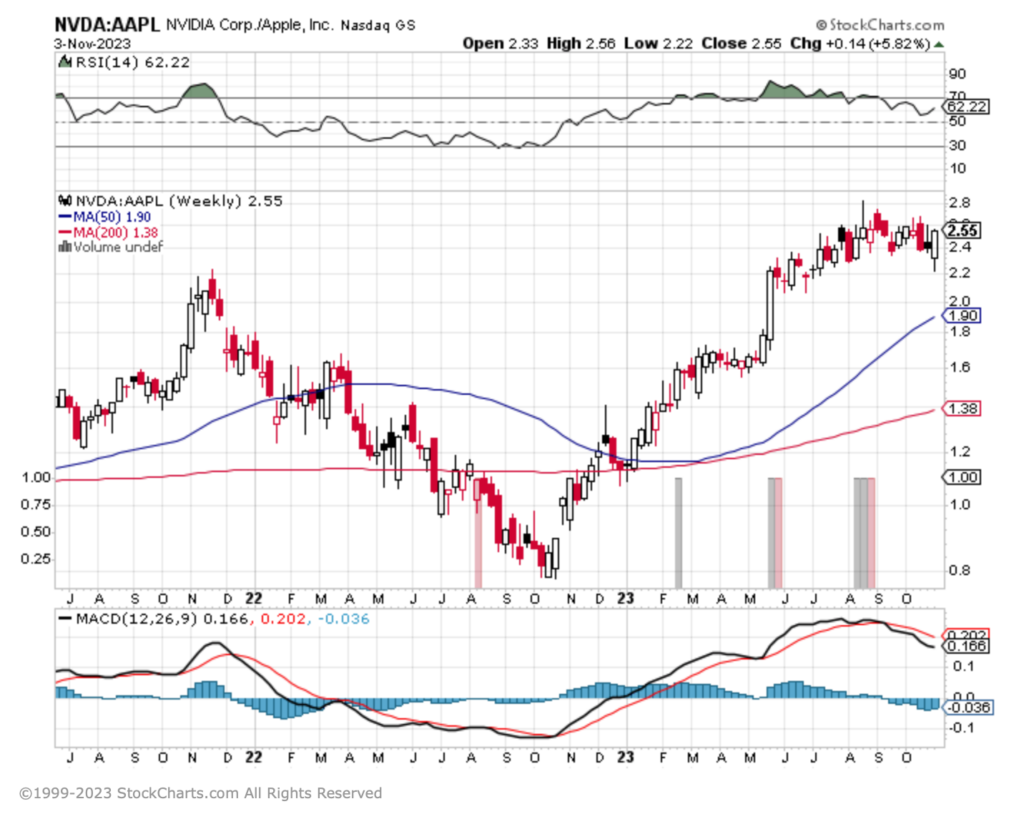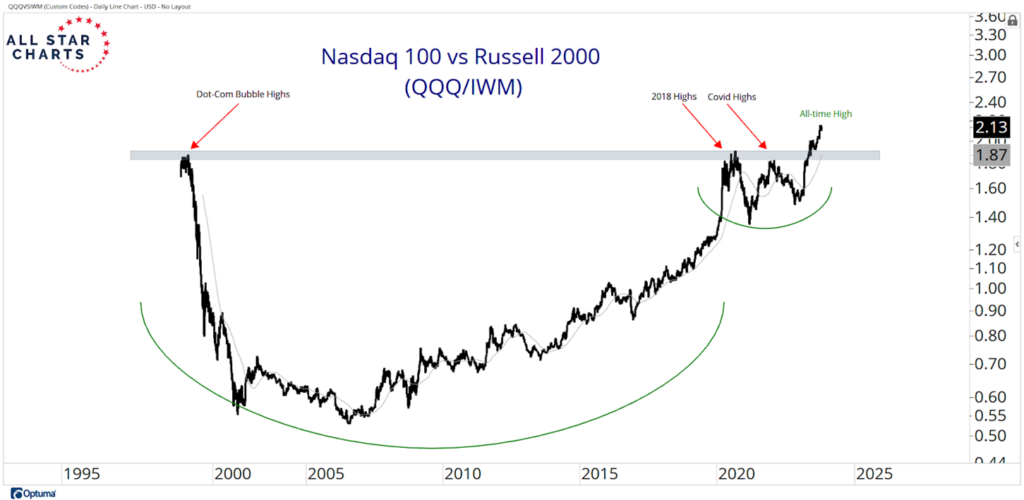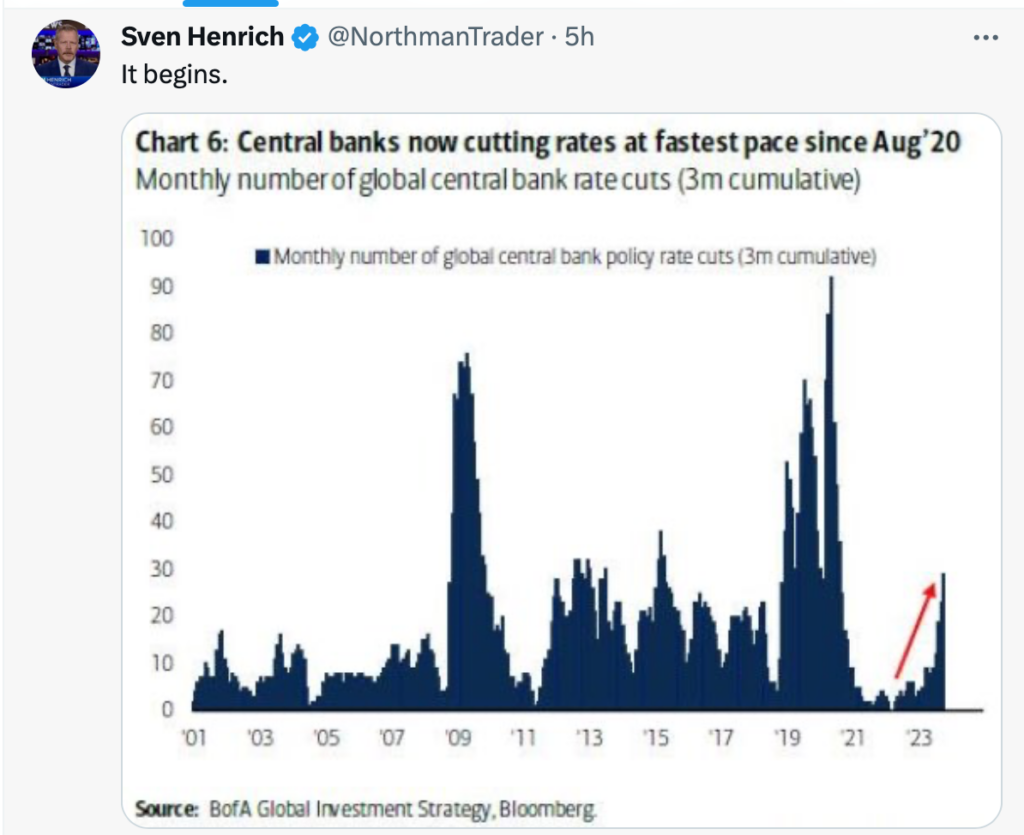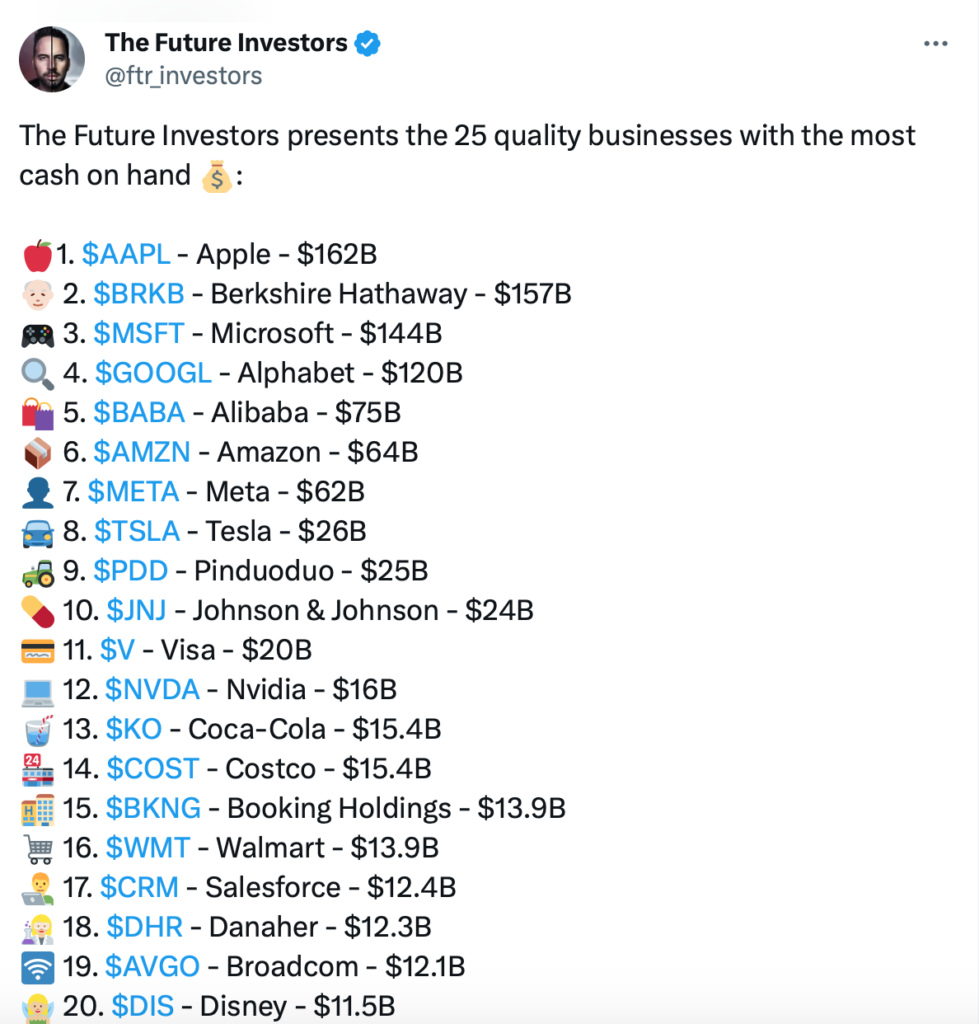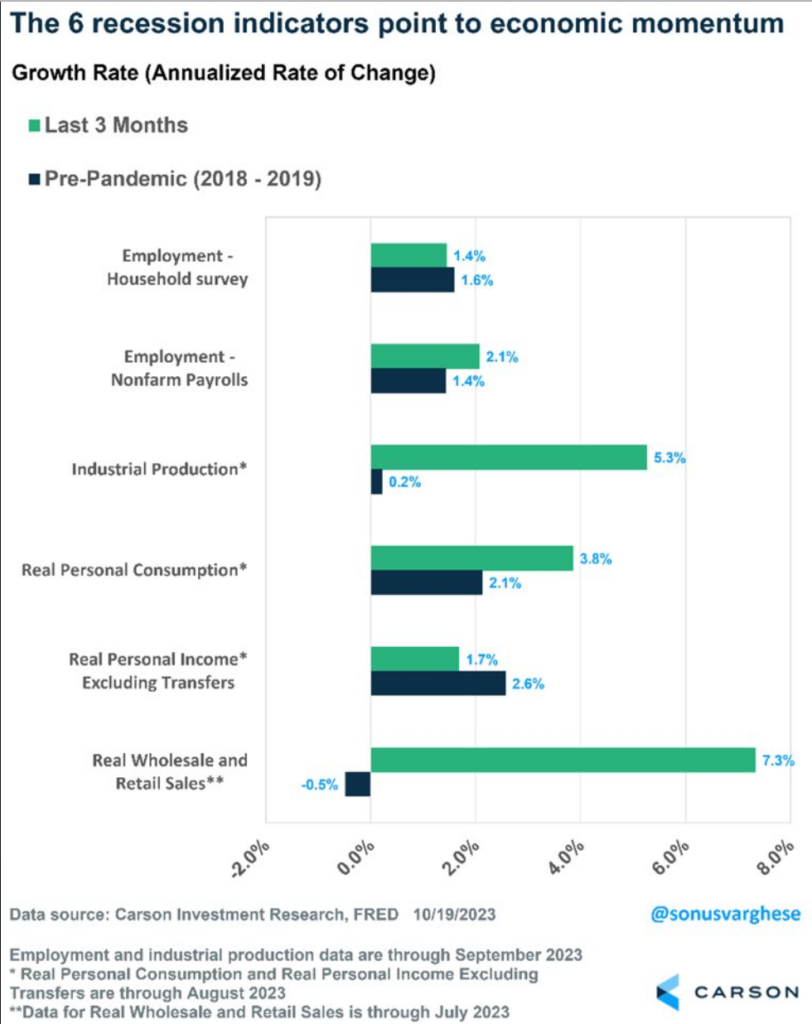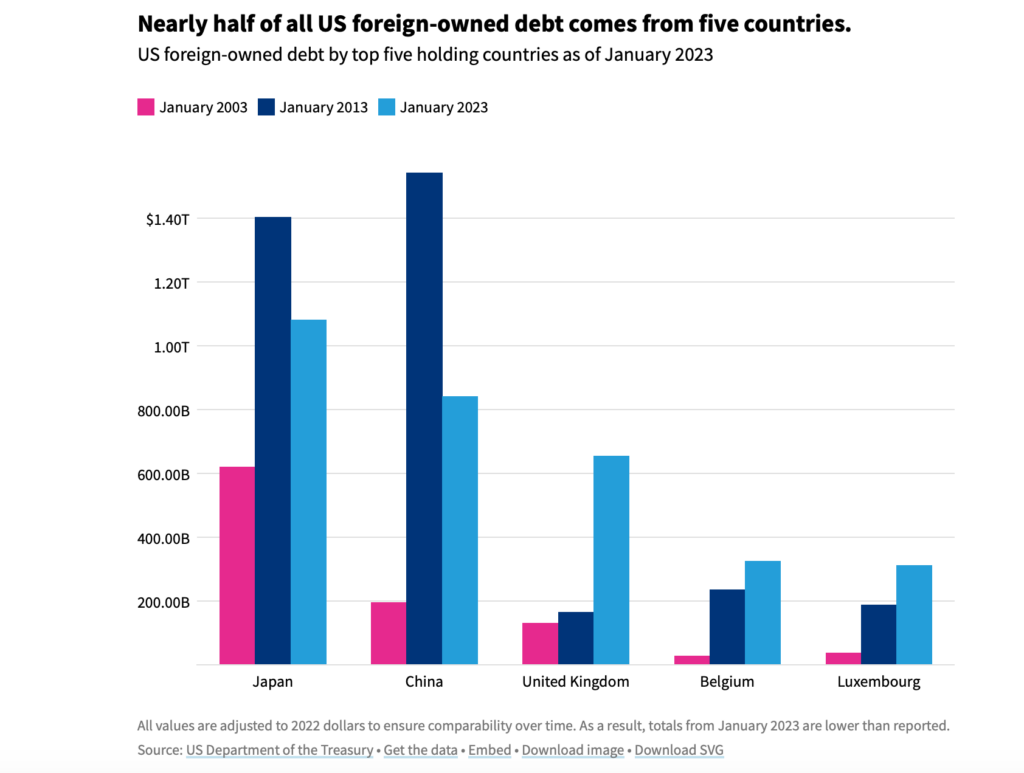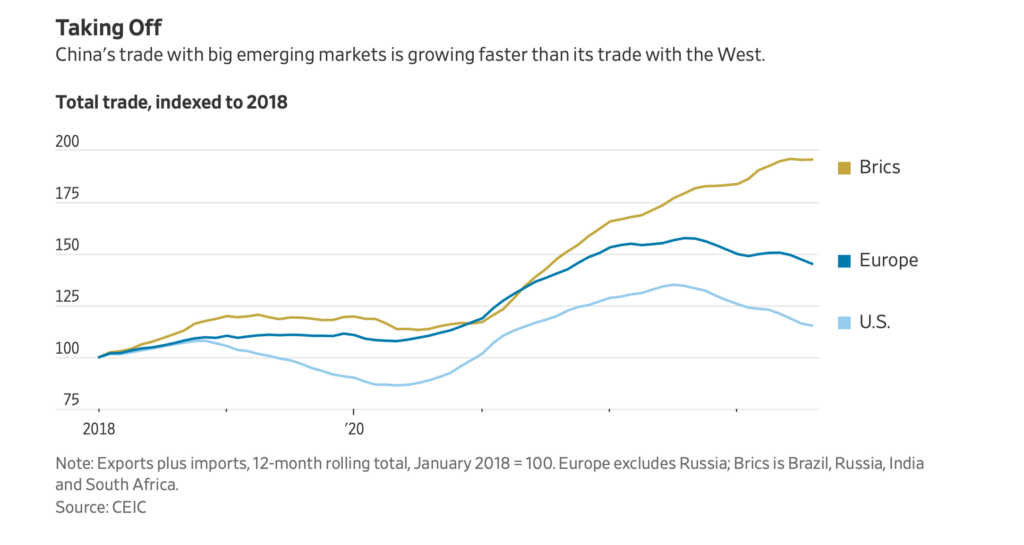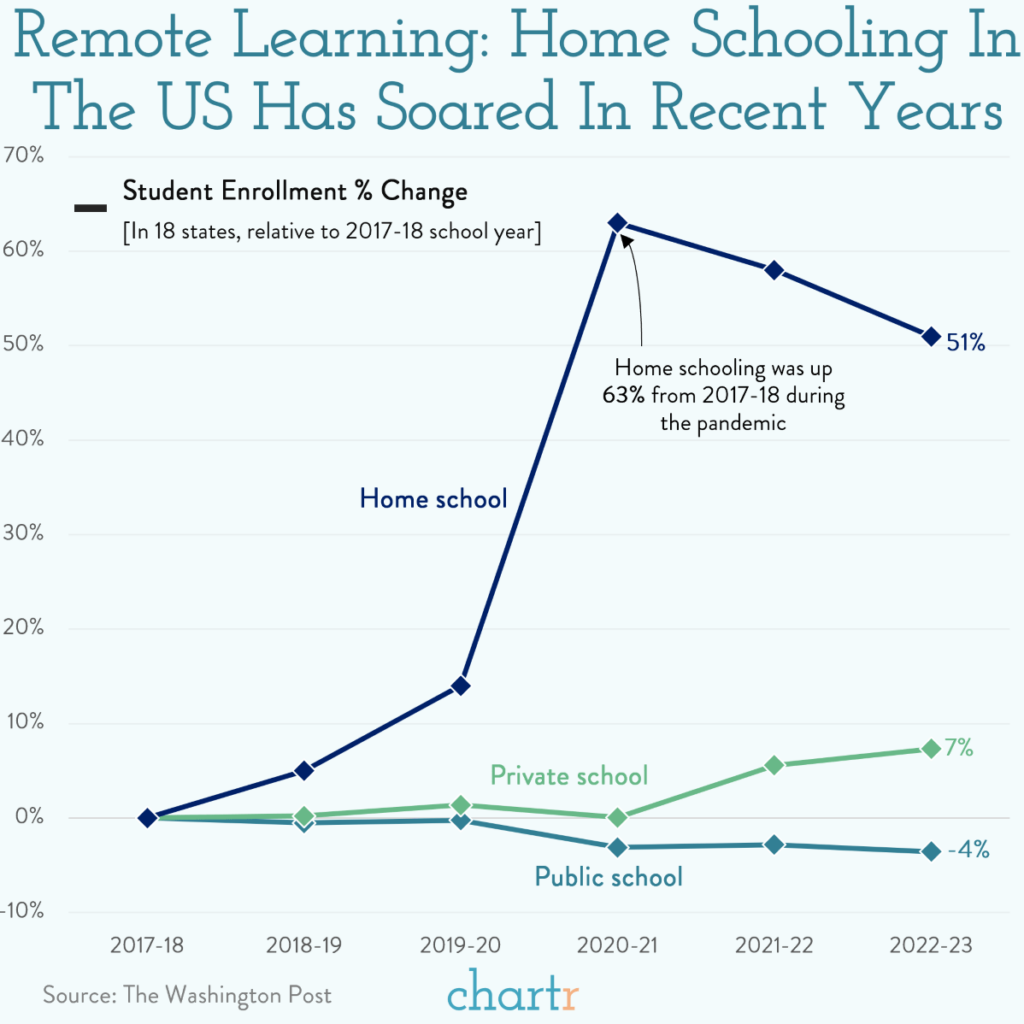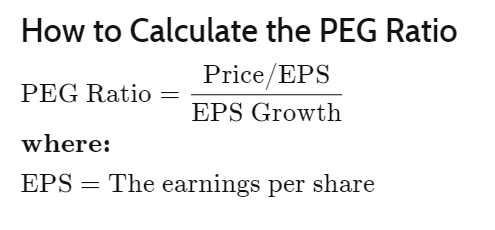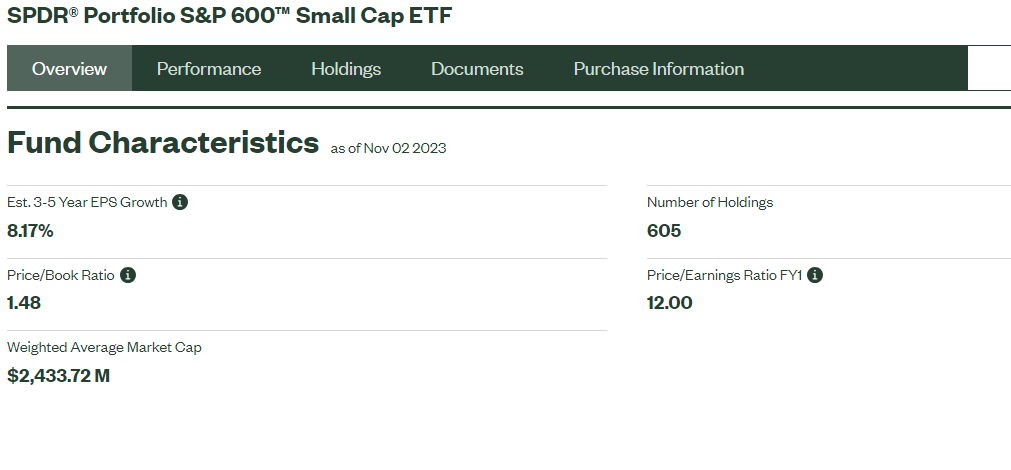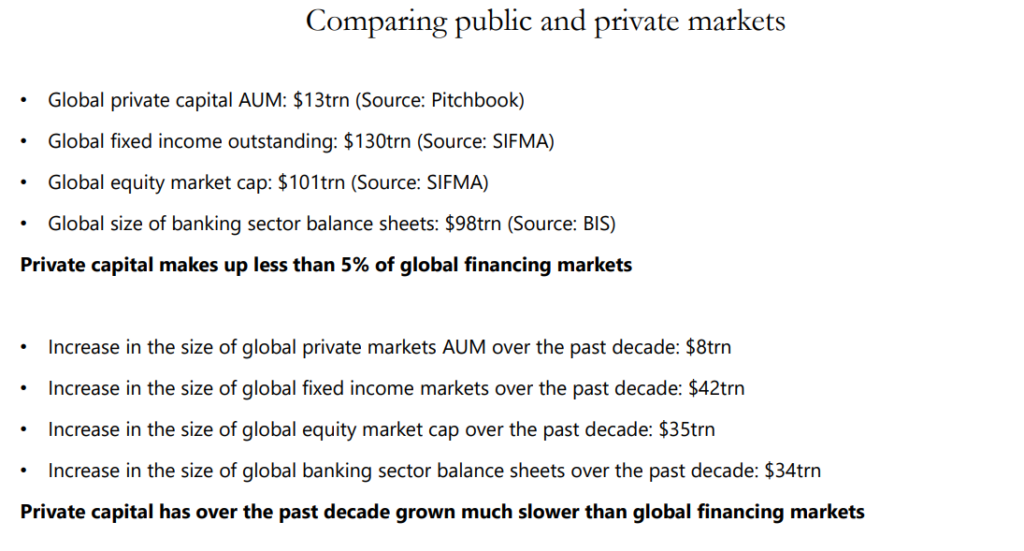1. Just Amazon AWS Revenue was Higher than Revenue of 461 Companies in S&P 500
@Charlie Bilello Amazon’s AWS revenue over the last 12 months ($88 billion) was higher than the revenue of 461 companies in the S&P 500. From $3 billion to $88 billion in less than 10 years (>40% annualized growth).

Apple has bought back $604 billion in stock over the past 10 years, which is greater than the market cap of 492 companies in the S&P 500.

2. XLE Energy ETF Interesting Chart
XLE failed at 2 attempts to make new highs..then twice bounced off 200-day

3. Berskire Record Cash….Sold $5B in Stocks.

4. Dow Jones Railroads Holding Lows

5. Last Weeks Rally Led by Weakest Previous Performers.
Bespoke The rally this week has been broad based, but the best performing stocks have been the names that did the worst in the 10 days prior. Below we’ve broken the large-cap Russell 1,000 into deciles (10 groups of 100 stocks each) based on stock performance during the market’s decline from 10/17 to 10/27 (last Friday). As shown, the decile of the worst performing stocks during the 10/17-10/27 pullback is averaging the strongest gains during this week’s rally.

Looking at individual stocks, below are the 30 best performing names this week in the Russell 1,000. At the top of the list is Roku (ROKU), which is up more than 50%! Another eight stocks are up more than 25% this week, including names like DoorDash (DASH), DraftKings (DKNG), Pinterest (PINS), Paramount (PARA), and Palantir (PLTR). Other noteworthy stocks up big this week include Wayfair (W), Block (SQ), Avis (CAR), Warner Bros. (WBD), Coinbase (COIN), TopBuild (BLD), and even Peloton (PTON).

https://www.bespokepremium.com/interactive/posts/think-big-blog/boomerang-bounce
6. ARKK Rallied +19% Last Week

7. Regioanl Banks KRE +13% Last Week

8. S&P Returns Around Election Years.
Capital Group-Patient investors who stay the course have often been rewarded. Since 1932, stocks have gained an average of 11.3% in the 12 months following the conclusion of the primaries (using May 31 as a proxy) compared to just 5.8% in similar periods of non-election years.

9. MBA Applications at 7-Year Low
Bloomberg By Robb MandelbaumData Bloomberg Businessweek collected from highly ranked business schools in our survey indicates that applications to full-time MBA programs at most of those institutions have been falling since at least 2017, despite two good years during the pandemic. At least 17 of the top 26 programs have seen long-term application declines—which for most of them continued into 2023. (At press time, Columbia Business School had yet to publish data for its class of 2025. Berkeley’s Haas School of Business declined to provide application figures for the last two years.)

10. The U.S. Receives 1m Legal Immigrants Per Year….More than the Rest of World Combined.
Zero Hedge Why Immigrants Came to the U.S. in 2021
New arrival data in a given year includes non-tourist visas, new arrival green cards, refugees, and asylees.
Each arrival falls under a broad class of admission:
- Work: Includes visas for specialty occupations or temporary agricultural work, as well as new arrival green cards issued for employment.
- School: Includes student visas and families of student visa recipients.
- Family: Includes immigrant visas and new arrival green cards issued for relatives of American citizens.
- Safety: Includes refugees and asylees, as well as immigrant visas and new arrival green cards issued for fears of safety or persecution.
- Diversity: Entry through the Diversity Visa Program—also known as the “green card lottery”—which accepts applicants from countries with low numbers of immigrants in the previous five years.
In 2021, the United States saw 1.53 million new arrivals. Here’s how the arrivals break down by class and origin:

New arrivals for work were the largest cohort of entries to America, totaling 638,551 people or 41.8% of new arrivals. The majority came from neighboring Mexico, which accounted for 55% of incoming workers and was the largest single country of origin.
School and education saw 492,153 people 32.2% of new U.S. arrivals, with the majority coming from Asian countries. China had the most school-related entries into the U.S. out of individual countries, accounting for 19.0% of total school-related entries, followed by India at 17.4%.
Family entries to the U.S. comprised just 23.2% or under a quarter of incoming new arrivals. In these instances, the largest cohorts came from India (17.6% of family entrants) and Mexico (15.2% of family entrants).
Compared to the larger classifications above, safety (1.9% of total entrants) and diversity (0.9% of total entrants) accounted for significantly fewer U.S. arrivals. The countries with the most citizens seeking refuge or asylum were the Democratic Republic of the Congo (4,876 refugees) and Venezuela (1,596 asylees) respectively.
https://www.zerohedge.com/geopolitical/why-do-people-immigrate-us
